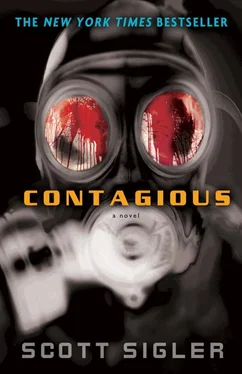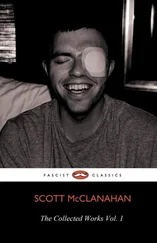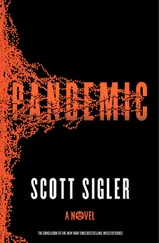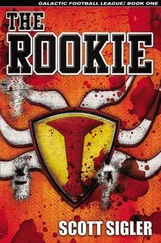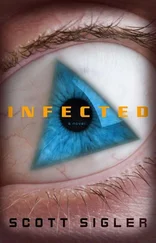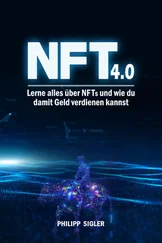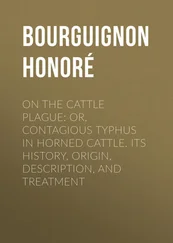The first probe had been a total failure. Bad luck with the weather. The second probe actually produced several connections, but, unfortunately, they were all with nonsentient animals. When that happened, the seeds simply shut off—a half-formed triangle on a caged or penned domesticated animal could potentially alert humanity to the hovering threat. The seeds also needed sentient hosts to develop workers that could communicate and work together, could use tools and vehicles, could learn about the area and potential dangers.
It wasn’t until the sixth probe that seeds latched onto a sentient being. Although those seeds died early, the Orbital was able to gather some biofeedback. It analyzed the data, identified key problems, then modified the next batch accordingly.
The seventh probe proved closer still. More development, including successful creation of the biological material needed for worker construction. These were the strange red, blue and black fibers that would come to be associated with Morgellons disease.
Batches eight through ten were each more successful than the last, creating firm connections that flooded the Orbital with valuable biofeedback. It learned much about the structure of host-species DNA, refining the self-assembly process to a highly functional level. It gathered data about brain composition and chemical structure, enough to manipulate host behaviors, to steer them away from associating with noninfected hosts.
Batch eleven was a landmark achievement—access to the higher levels of a host’s brain, including memory and language processing. The Orbital began to build a vocabulary of images, concepts and words. One host even found a suitable portal location. This host, Alida Garcia, died soon after, but the primary obstacles had been overcome.
That should have made batch twelve the one.
Batch twelve produced five hosts. A change in the language, from some Spanish to English. The Orbital’s vocabulary grew. It understood more and more of the broadcast signals pouring off the planet. The workers incubated well and almost made it to the hatching phase before unexpected complications resulted in the deaths of the hosts—including Blaine Tanarive, Gary Leeland, Charlotte Wilson and Judy Washington. Martin Brewbaker’s triangles activated a few days after the others, but he died just the same.
More data. More modifications.
Probability tables indicated that batch thirteen had an 82 percent chance of success. Multiple seeds implanted in eleven hosts for a total of seventy-two potential workers. Fifty-six of those actually hatched and made it to the location identified by Alida Garcia.
The workers started to build the gate. Success seemed inevitable.
But then the rogue host appeared. A host that fought back, that killed embryonic workers and brought the human military. The workers had a name for this host. They called it the sonofabitch.
The Orbital tried again. Aside from some minor biological upgrades, batch fourteen used the same strategy as batch thirteen. Probes went out, seeds landed, embryos germinated, workers hatched. Everything went fine, until the Orbital learned of yet another unanticipated fact.
The rogue host could still hear .
Structures grown in host brains acted like antennae, connecting embryos and hosts, allowing the Orbital to direct them, to guide them, helping them find each other so they could work together to reach the gate locations. The rogue host remained tapped into this communication grid.
It heard.
It found the Mather gate location.
It brought the military… again.
So close .
Successful worker design in itself wasn’t enough to get the job done. The Orbital changed tactics.
Batch fifteen worked perfectly. It dispersed near Parkersburgh, West Virginia, and produced six hosts—all of which made it to the woods near South Bloomingville before hatching.
Batch sixteen fired only a few hours later, spreading over Glidden, Wisconsin.
Fifteen and sixteen hatched in record time, built their gates in record time. The Orbital activated the South Bloomingville gate as a decoy, drawing the human military.
The sonofabitch found both gates.
After all of these near hits, the Orbital had only two probes left. If those did not work, the entire mission was a failure.
It had to change strategy again.
The large explosion that destroyed the Marinesco gate demonstrated that humans could react quickly and with overwhelming force. Placing the gates in secluded areas had seemed like the best strategy at first, but it also allowed for massive ordnance without much risk to local populations.
The workers also needed protection. They were designed to hatch out of hosts and then build, not fight . They could kill, but were far outmatched by the human forces responding to each gate. The workers needed defenders , something to occupy the human forces, fight them long enough for workers to activate the gates.
Since defenders would not build the gate, they did not need the template. That was good. That opened a new strategy. Because the new defender design didn’t need a template, it could do something that the template-carrying embryos could not—the new design could reproduce.
The Orbital began modifying the next batch of seeds.
DAY TWO
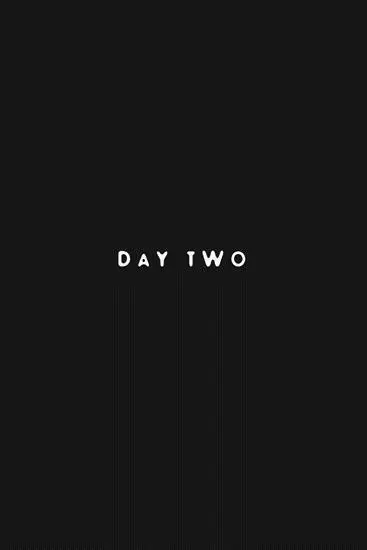
The Jewell family reunion was turning out to be a smashing success, and Donald Jewell couldn’t have been happier.
Granted, there weren’t that many Jewells left.
Ma and Pa Jewell had gone to that big snowmobile trail in the sky. Ma five years ago, Pa less than six months later. They left behind their three children: Mary, Bobby and Donald.
Mary Jewell-Slater now lived in London with her husband. She couldn’t exactly fly overseas to see the family every Christmas. She called.
That was enough.
Bobby Jewell now lived in Ma and Pa’s house. He’d married his college sweetie, Candice, and promptly kicked out a bundle of joy named Chelsea, a curly blonde seven years old and worldly-wise.
Donald, the eldest member of clan Jewell, had divorced his bitch of a wife, Hannah, four years earlier. Hannah won custody of Betty, then twelve, now sixteen and hotter than a five-dollar pistol. Hannah moved from their home in Gaylord, Michigan, to Atlanta, taking Betty far away from her family. The divorce stipulated that Donald got Betty for every other holiday. So the first Christmas with Hannah, then Donald and so on.
This was his second Christmas as a divorced father.
Donald—now living in Pittsburgh—talked to his daughter at least every other day on the phone. They also chatted on webcam, emailed and even wrote some old-fashioned letters. They were as tight as a father and daughter separated by seven hundred miles can be.
Mostly from a distance, he’d watched his daughter grow from a gangly twelve-year-old into a stunning teenager who could have graced the cover of practically any magazine. She looked exactly like her mother, which annoyed Donald, because that made him hate Hannah just a little bit less.
He had thought he might be biased about his daughter’s looks, but when he showed pictures of her to his co-workers, their lewd hoots confirmed his fears. Those hoots had also, unfortunately, generated a couple of fights.
The same temper Hannah cited in the divorce papers hadn’t gone away.
His court-appointed psychologist called it “impulse-control problems.”
The shrink prescribed pills. Donald lied and said he took them. Everyone was happy.
Читать дальше
